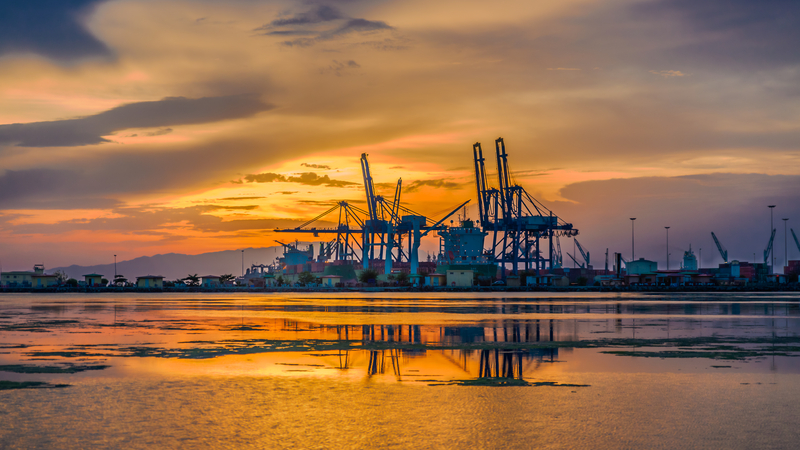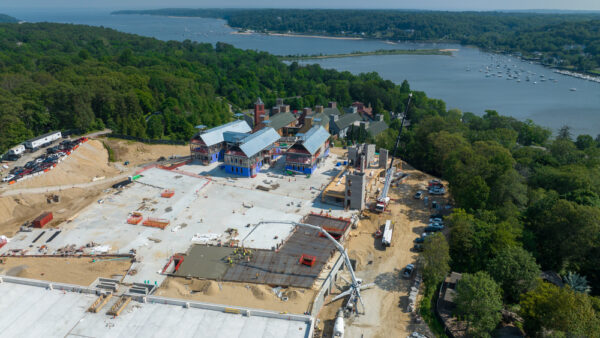
Six years after it entered service, officials from Ethiopia and Djibouti have taken over the management of the China-funded 752km railway Addis Ababa to Djibouti’s port on the Indian Ocean.
A handover ceremony took place in Addis Ababa on Friday.
Until now, the line has been operated by the Chinese companies that built it, China Railways and the China Civil Engineering Construction Corporation.
They have been preparing Ethiopian and Djiboutian engineers, managers and service staff employed by the Ethiopia-Djibouti Railway Share Company (EDR) to take over.
Based in Addis Ababa, EDR was formed in 2017 to operate the railway.
Guo Chongfeng, the chief executive of China Civil Engineering’s Ethiopian branch, told the Kenyan Business Standard that a total of 2,840 people had been trained and certified in operation, maintenance, and safety management.
Speaking at the ceremony, Ethiopia’s transport minister Alemu Sime said the railway “has significantly enhanced trade and fostered closer ties between the two nations”.
The railway is Ethiopia’s main access to world markets, and carries around 90% of its exports.
According to the Chinese operators, it has so far run more than 2,500 passenger trains carrying some 680,000 people.
It has also operated around 7,700 freight trains, with a cargo volume of 9.5 million tonnes.
The line is still loss-making. It cost $4.5bn to build, and has faced problems ranging from expensive electricity to collisions with animals.
But the indirect benefits to Ethiopia’s economy and society are also likely to have been substantial.
It has cut the travel time to the port of Djibouti from more than three days to less than 20 hours, and reduced the cost of the journey by at least a third.
The line is also steadily increasing its fares. Last year, Chinese news agency Xinhua reported that the railway had had a revenue of $60m the previous year, an increase of 35%. The aim is to reach $150m, thought to be close to the break-even point.
Shortly after the railway opened in January 2018, China agreed to increase the repayment period from 10 years to 30 (see further reading).
A video showing the railway in action can be seen here:
- Subscribe here to get stories about construction around the world in your inbox three times a week.
Further reading:






